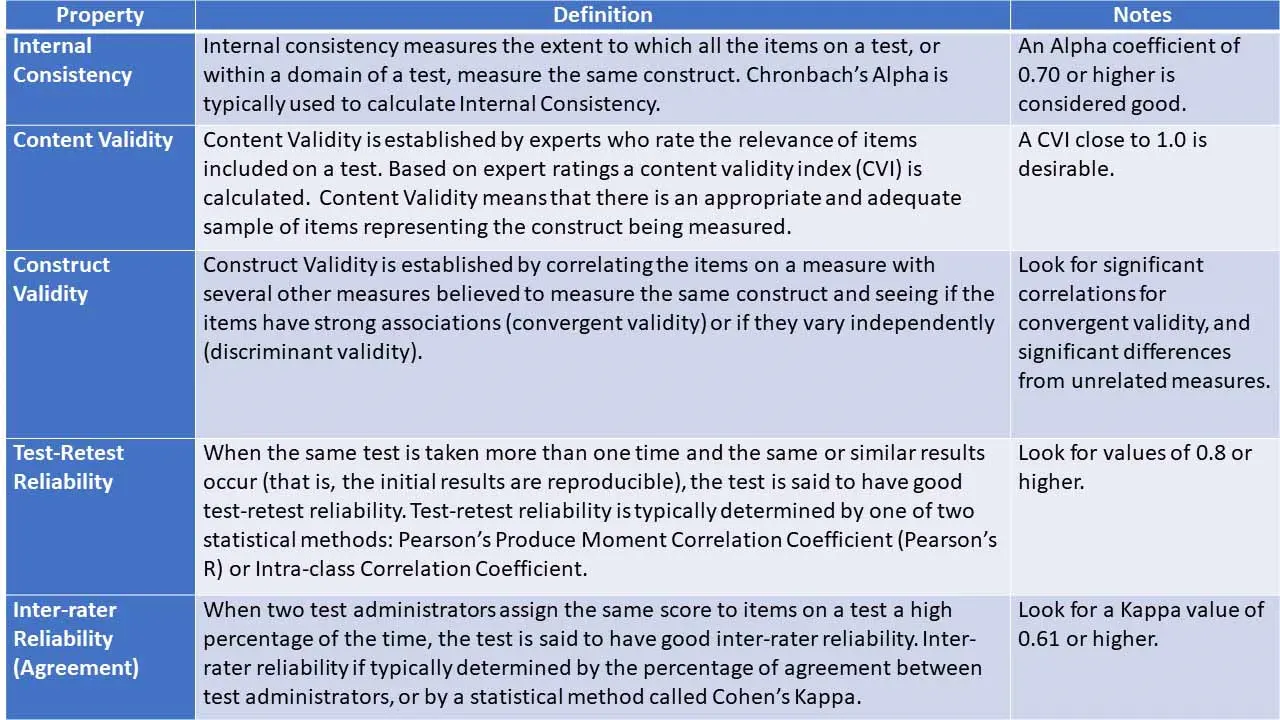Compendium of Annotated Measurement Tools
What is the Compendium of Annotated Measurement Tools?
FRIENDS has created annotations of some commonly used tools that can measure outcomes in prevention programs. The majority of tools included have been tested for reliability and validity. Some have not been rigorously tested but are included because of their utility and face-validity. Details about their technical properties are included in each annotation. The tools listed here are also linked to outcomes using our interactive Menu of Outcomes and Indicators. If you choose to explore using either of these methods, the annotations are linked to the outcomes menu; for example, if a user were to select a given outcome, you can click on a link to annotations for measurement tools related to that outcome.
It is crucial when selecting measurement tools to choose technically sound tools, and that match your program’s purposes and identified outcomes.
Matching Measurement Tools with Program Purpose
Tests are designed with specific content or constructs in mind. They also are designed for particular purposes.
Surveys use open questions, closed questions to collect facts, opinions, and attitudes as reported by sample groups of individuals, at a single point in time or at multiple points of time.
Screening tools are brief, quickly administered measures that identify whether more comprehensive or in-depth testing is needed. For example, a tool that screens children for possible developmental delays alerts staff to the need for a referral for more rigorous diagnostic testing.
Diagnostic tools are comprehensive or in-depth measures that establish the presence and nature of a problem or disorder. Diagnostic tools are often used for access to or eligibility for treatment or services.
Program/Performance/Curriculum Relevant tools measure behaviors or skills that directly link to the purpose and content of intervention and instruction. These tools are used to develop intervention goals and objectives and to monitor progress.
Testing and evaluation carry a great deal of weight, such as:
- stress and emotional importance for children and families being tested;
- eligibility determinations and access to funding and services;
- establishing an evidence base for practice; or
- providing evidence to funders to show that our programs are meeting goals and objectives.
There are many legitimate reasons to use testing tools. Still, tests should never be administered unless they are essential to the goals of your program, and you are clear about how the information you collect will benefit the children and families you serve.
The technical, or psychometric, properties of each tool are briefly summarized in the annotations, drawn from information that was readily available from the tool’s publishers or developers.
When you choose a measure, especially for high stakes testing like screening or diagnosis, find technically sound tools––that is, make sure the tool has been thoroughly researched and offers data to support its reliability and validity.
Reliability means that test findings would be the same or similar if the test was repeated, or if two or more persons were scoring the same test.
Validity means that a test measures the construct it claims to measure––such as the constructs childhood social-emotional development or maternal depression. There are different types of reliability and validity. Follow the link below to view a table describing technical properties you should consider when selecting measurement tools.
In some cases, you may choose a tool that has not been thoroughly researched but is acknowledged in your field as helpful in developing or evaluating program outcomes.
When measuring some outcomes, such as assessing classroom social climate or client satisfaction, it likely will not result in harm to children and families if the psychometric testing was limited to only a few key elements and using a smaller sample size.
For screening and diagnoses, however, always select a tool that is well supported by research showing that it is both valid and reliable.
There are over 75 tools available in the Compendium. They are categorized to allow for search by protective factor(s), domains, target population age, cost of utilizing the tool, and keywords. This extensive range of search functions will enable the user to narrow down their search for appropriate tools.
FRIENDS has created extensive resources on logic models and evaluation. To read more about starting the evaluation process, click here. For more information on logic models, click here.
This compendium does not have an exhaustive set of tools. Please don’t be limited by the tools listed here. The following website has information on child welfare-related evaluation tools:
- California Evidence-Based Clearinghouse:
http://www.cebc4cw.org/assessment-tools/
The search mechanism above allows you to access the information in several ways. You can search based on:
- Domains and Protective Factors– You can select one or more in this dropdown menu by merely selecting options from the list by clicking in the box and selecting the relevant items. You can choose as many as you wish by clicking on the box and adding additional options.
- Keyword– This will search the outcome language for critical terms. Remember to be selective in your search terms to prevent generating results that may be too broad. Search terms such as parents, caregivers, or child will yield large numbers of matches.
- Target Population– You can select based on the target population of the children in the families you serve or for parent only programs.
- Tool Cost– You can search based on the cost of the tool. This factor is complicated and often has a wide range and can include training, cost of acquiring/using the tool, and resources required to use the tool. Please thoroughly explore any costs associated with the use before finalizing a tool selection.
- View All– By selecting this item you can view all tools available in the system at this time.
Once you make your selections you can view your results. From the results, you can click on See Details to view the annotation information in the search area, or you can choose to click the PDF button in the upper right of the tool area to generate the annotation into a printable PDF that you can save to your computer.

